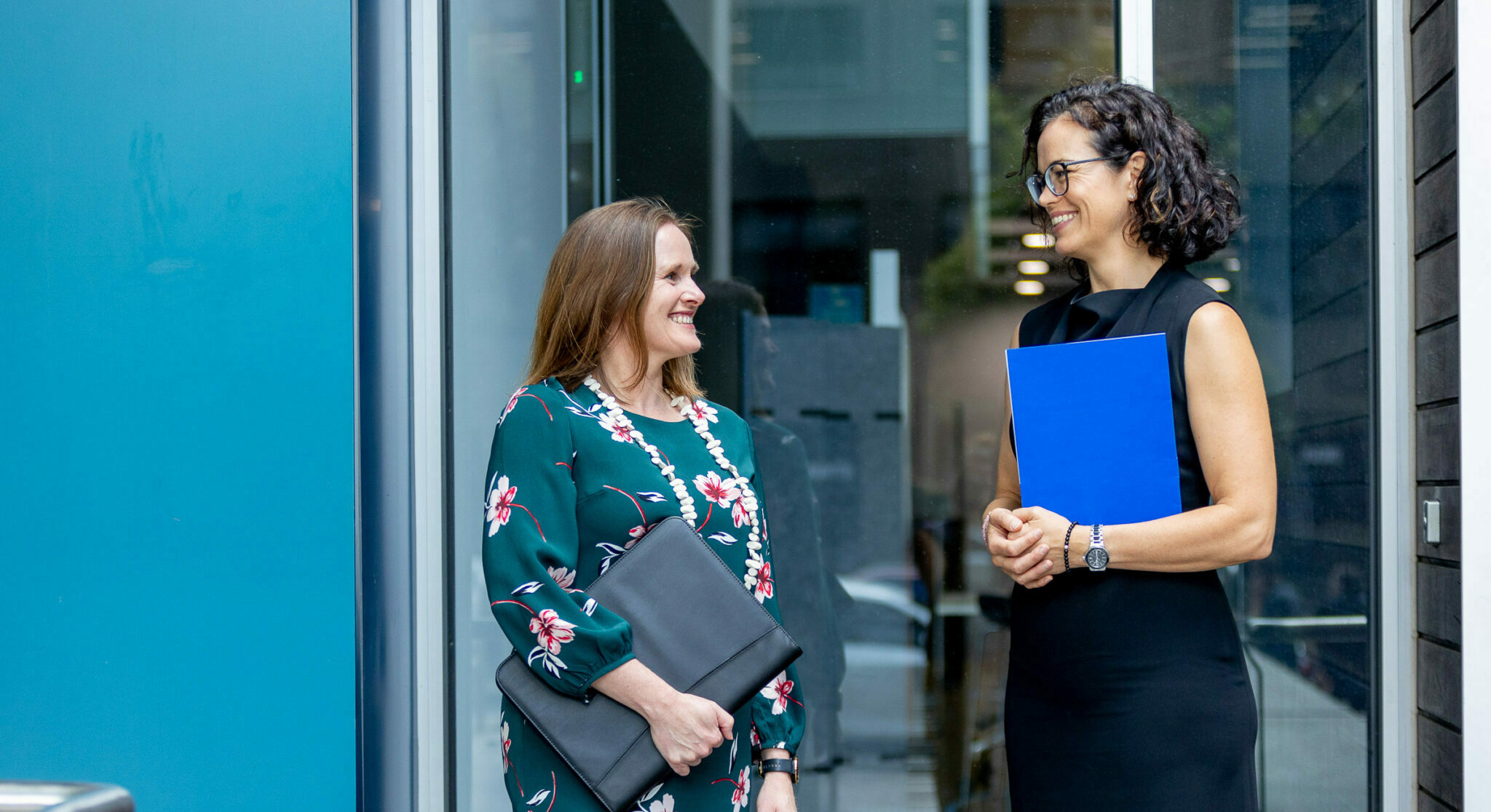Whether you are a businessman, an artist, an employee or contractor, you might have developed an idea that you regard as commercially valuable and worth protecting from exploitation by others. You might have invested a significant amount of money, time and effort in constructing the idea into a new and useable form or in trialling a new method of production. Whatever your situation, it suffices to say that you wish to own and exploit your idea to the exclusion of others.
There are several ways one can seek to protect a new idea. One of the more robust forms of protection is obtained through the registration of an “invention” under the Patents Act 1990 (Cth) (“the Act”). This article will briefly discuss the scope of patent protection, the registrability requirements of a standard patent, and the meaning of ‘patentable invention’, with the view to providing you with some helpful guidelines for assessing whether you should seek patent protection.
Scope of protection under the Act
The Act provides protection for both innovation patents and standard patents within Australia. Both forms of patents must be registered under the Act and accordingly meet the registrability requirements. If an innovation patent is registered, it will grant the registered owner a monopoly over the exploitation of that patent for a period of 8 years. Standard patents on the other hand, provide the registered owner with a monopoly for up to 20 years.
Once the patent is registered, the registered owner will have exclusive rights to ‘exploit’ the patent in Australia, which means the registered owner has the exclusive right to use, make, hire, sell, import or otherwise dispose of the product or method, or offer to do any of those acts, for the duration of the patent (“the Rights”).
The flipside is that if anyone other than the registered owner or someone authorised by him or her, exercises the Rights, they will infringe the registered owner’s patent and may be liable for damages or an account of profits.
If you wish to have patent protection for your invention overseas, you can either make a national application in the particular country of interest, or, if the country in which you are seeking protection is a party to the appropriate international treaty (“a Convention Country”), you can make an application in Australia and choose the Convention Countries in which you wish to have protection.
Registration requirements for a standard patent
The requirements for a patentable invention are defined in s 18(1) of the Act, and basically, they are:
- That the subject matter of the patent be an invention;
- That the invention be a manner of manufacture;
- That the invention be novel;
- That the invention involve an inventive step;
- That the invention be useful; and
- That the invention has not been secretly used prior to the filing of the patent application.
There is a plethora of cases addressing each of the above requirements; this article will focus primarily on requirements 1 and 2, namely that the subject matter of the patent be an invention and that it be a manner of manufacture.
What is a patentable invention?
The Act stipulates that a patentable invention is ‘a manner of manufacture’. The word invention, although not defined, suggests that the subject matter of the patent must be either a product or a process which is ‘made’ and brought about by human action. Ultimately, the invention must be an artificially created state of affairs.1 This means, for example, laws of nature, natural phenomena and abstract ideas are not patentable inventions.2
The origin of the phrase ‘manner of manufacture’ in the patent context dates back to the 17th century, when the Statute of Monopolies was enacted. In the absence of a specific definition of the phrase ‘manner of manufacture’ in the Act, the courts have applied well established common law principles on a case by case basis to determine whether the subject matter of a patent application constitutes a manner of manufacture.3
From the recent High Court decision in D’Arcy v Myriad Genetics Inc & Anor [2015] HCA 35, the following common law principles can be extracted:
To be a manner of manufacture, the invention must:
- involve an element of inventiveness, that is, it must be more than a mere discovery;
- be either a product made, or a process producing an outcome as a result of human action;
- have economic utility; and
- be consistent with the purpose of the Act which is to confer upon a patentee, in return for disclosure of his or her invention, a limited monopoly at the expiration of which an invention is available to the public at large, and to in turn, encourage innovation.
Other forms of IP protection
Sometimes it is not possible, cost effective or prudent to patent a new idea. If this is the case, there are other commercial ways you can seek to protect your intellectual property.
If you require advice or further information in relation to any of the matters discussed in this article, please contact our Corporate & Commercial team on 03 5273 5263.
[1] D’Arcy v Myriad Genetics Inc & Anor [2015] HCA 35.
[2] See Grant v commissioner of Patents [2006] FCAFC 120.
[3] D’Arcy v Myriad Genetics Inc & Anor [2015] HCA 35.












